The efforts to maintain a dazzling smile has been a primary antecedence in human society as an indication of good hygiene and self-care. The first toothpaste used by mankind dates back to as early as 500 B.C. From using mints as breath fresheners to pumice as an abrasive, our dental hygiene patterns have come a long way and changed the ingredients of toothpaste.
It was only in the 20th century that scientists came up with what we call modern toothpaste. Thorough hit-and-trial went through so many phases of learning and unlearning what’s best for our dental care. Here are the few lessons we learnt by:
Top 15 Ingredients Used in Making Toothpaste From Ages
1. Ox Hooves
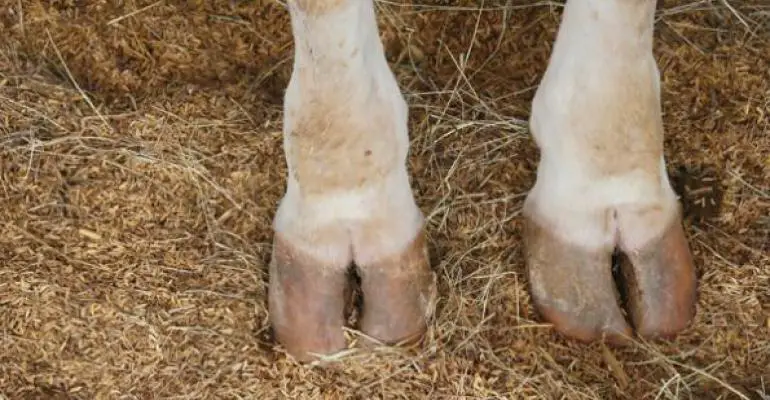
One of the constituents of tooth cream used by Egyptians, even the thought of it will make you thank your ordinary herbal toothpaste! The powder of these ox hooves is mixed in the toothpaste during the early years by the Egyptians.
2. Burnt Eggshells
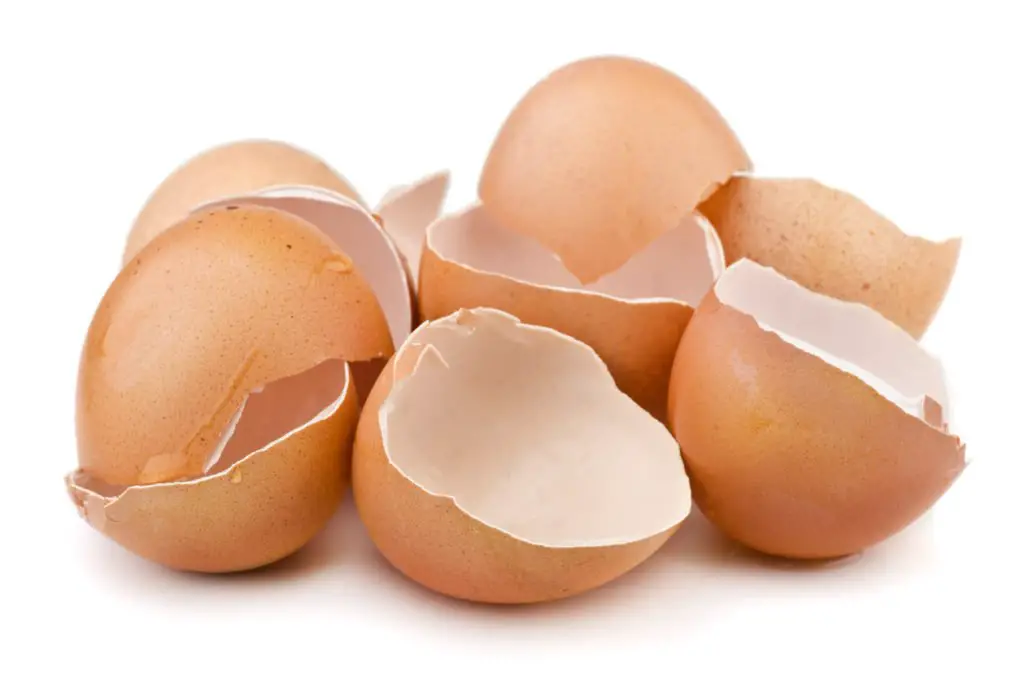
One does not associate a welcoming fragrance when they think of eggs, but it was indeed used in Ancient Egypt back in 500 B.C. as an abrasive material for dental care. As the eggshell contains calcium and contain other minerals that are essential to stronger and healthy enamel and thus it prevents cavities.
3. Horse Hair

Though not as toothpaste, the tail of the horse was used as bristles for a usable toothbrush along with the bark of a tree as an abrasive. Seems like Anti-bacterial properties for toothpaste wouldn’t have been a priority back in those times.
4. Crushed Bones
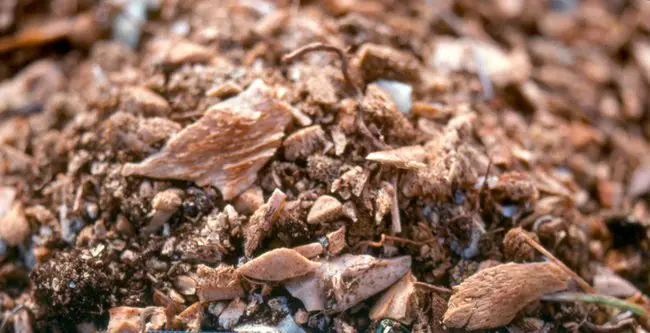
Romans extensively used bones as an abrasive material for brushing against their denture and supposedly helped in controlling dental plaque. Often associated with class, it is highly doubtful if they realized the effect of scrubbing bone on the tooth enamel, needless to
5. Oyster Shells
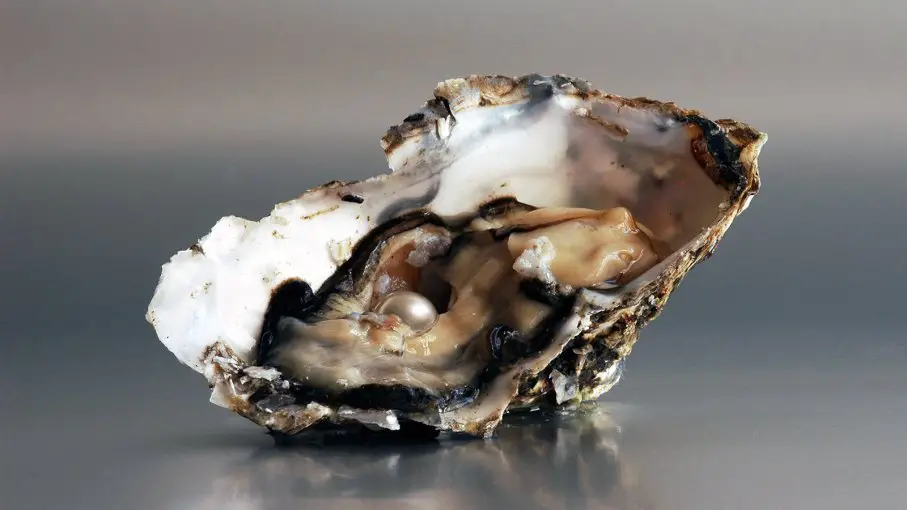
Being a revered delicacy throughout the coastline, it was once used as a tooth product as well. Though being rich in vitamins and calcium, it is indeed, an excellent calcium supplement. However, it is linked to various digestive and gastric complications.
6. Pig Neck
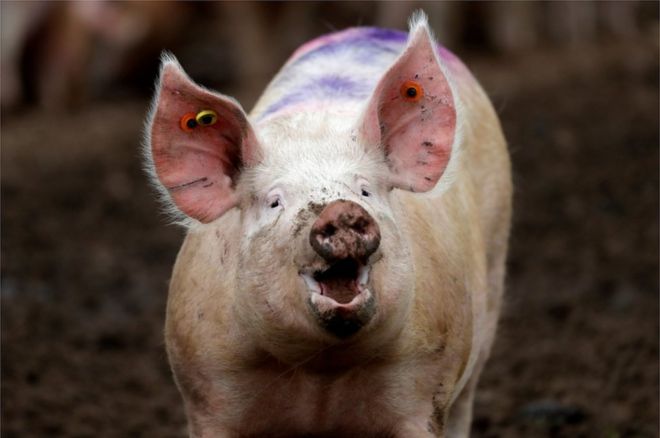
A rather unusual choice for oral care, the pig’s neck was used as bristles attached to a bamboo handle or bone. It was used in the 15th century in Ancient China. These natural bristles were similar to horsehair bristles.
7. Powdered Glass
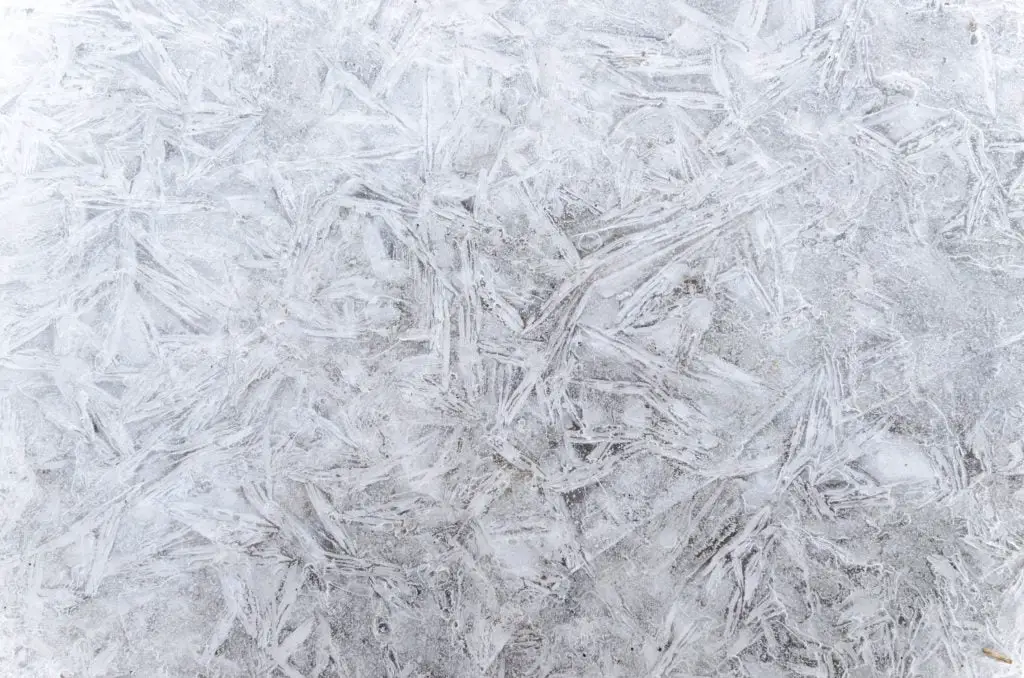
Powdered glass and radish were crushed and mixed to make a dental paste in A.D. 47 by renowned Roman physicians. Today, it is referred to as ‘an instrument of death, but back then, it was known to remove impurities and stains. Better watch out for your gums before obtaining a stain-free smile!
Read also – Top 15 Awesome Summer Hacks To Beat The Heat
8. Deer Antlers

Chewing deer antlers mixed with rock salt were considered to make teeth stronger by the Romans in the past. Nowadays, they are used for dogs. These deer antlers are also used as the toothbrush holder by shaping them and attaching bristles to them.
9. Burnt Snail Shells
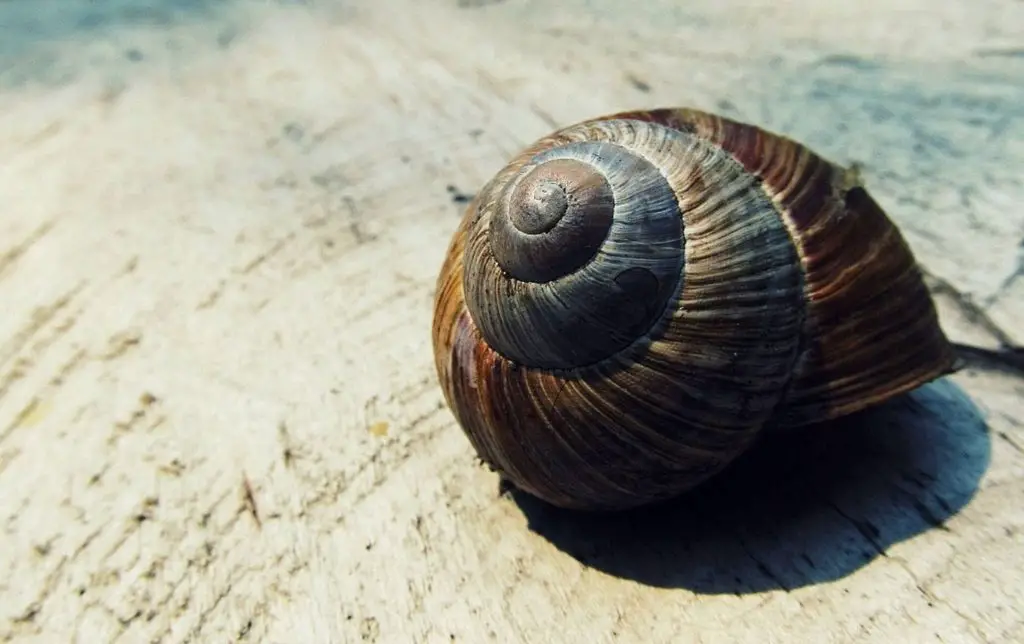
Ancient China too experimented with consumable items for their tooth hygiene. Rich in calcium deposits, but who will afford to kill one poor snail every day! These shells were first crushed and mixed with charcoal, bark and crushed bones.
10. Vinegar

It was part of Roman asepsis for a long time. Though not the absurd material on our list, vinegar rinse every day can cause paramount enamel damage. There are various ways through which we can use vinegar as toothpaste. One example is vinegar and baking soda.
11. Strong acids
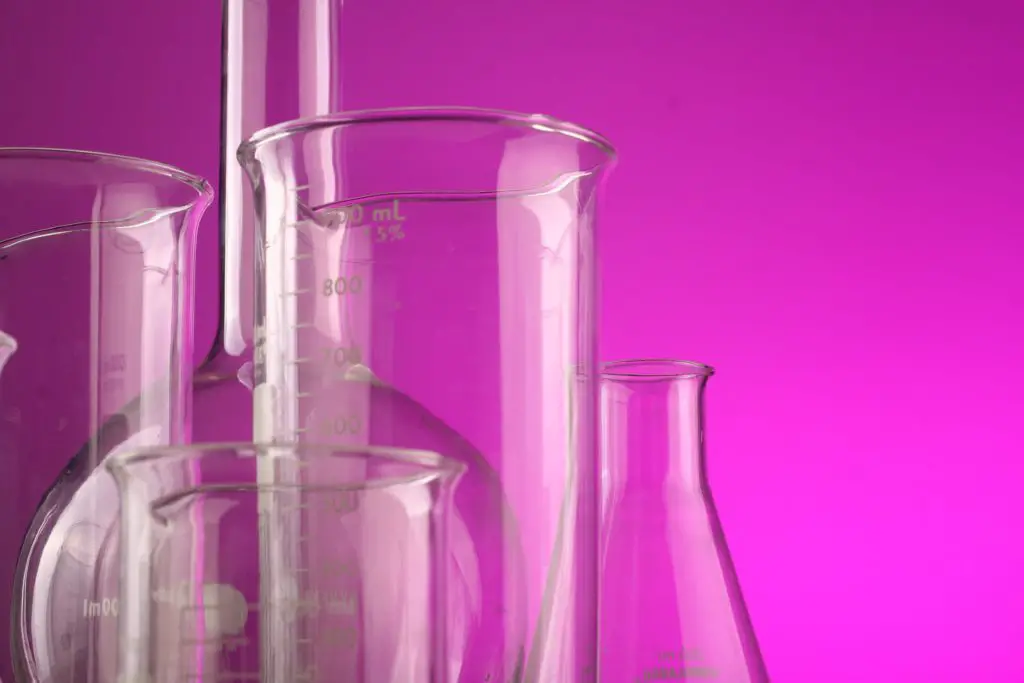
Much to our surprise, European people used various strong acids in The Middle Ages to keep tooth stains at a bay. While a small amount surely removes plaque and kills bacteria, this dangerous formula will causes stomach ulcers.
12. Synthetic Detergents

Soon after its discovery in 1945, it instantly became a tooth product of choice for the masses. It can be a powerful disinfectant, but potentially causes gum problems and erodes tooth enamel.
13. Soapwort Plant
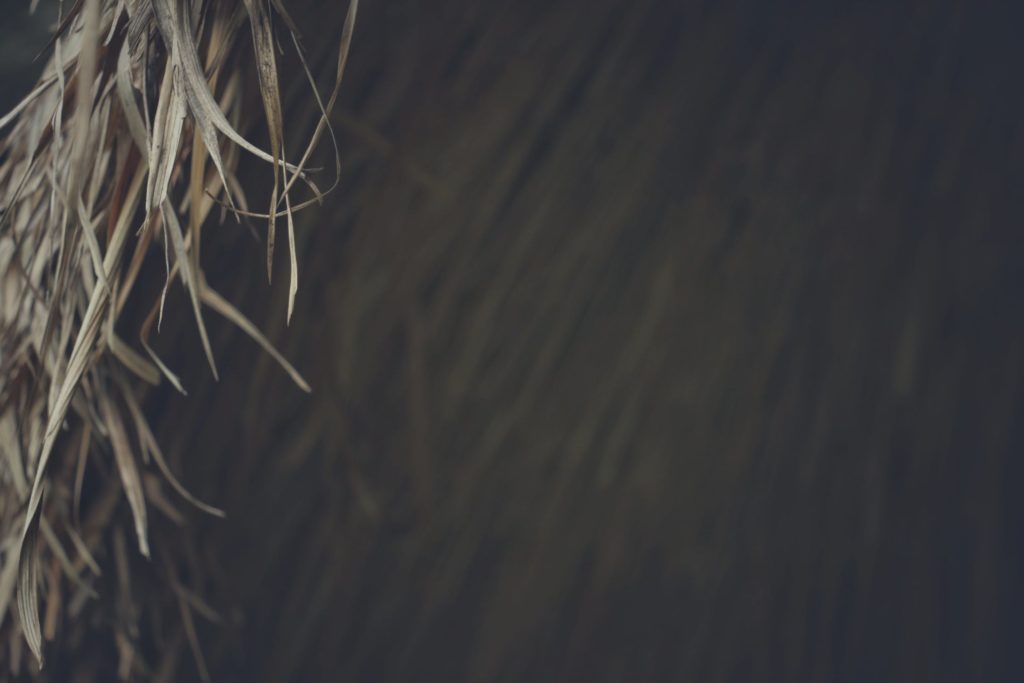
Perhaps the least harmful of all, soapwort plant, it can be made into the soap as it produces lather when in contact with water. However, it is a host plant for a lot of moth species! It is also said to be ideal for natural toothpaste.
14. Radium
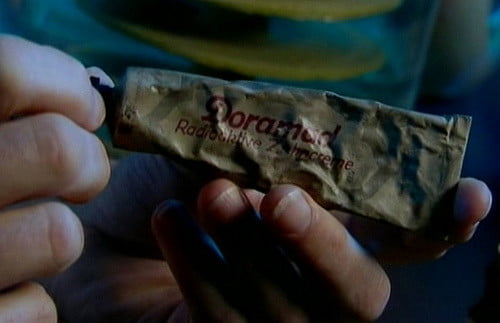
The newly discovered radioactive substance was used in almost everything, from watches to soaps and toothpaste in the early 20th century under Dr Alfred Curie. It was the dawn of the scientific era, and many scientists aggressively used products without quantifying their irreparable damage. The effects of radiation include permanent damage to the DNA, anemia, tooth fracture, cell death.
15. Triclosan
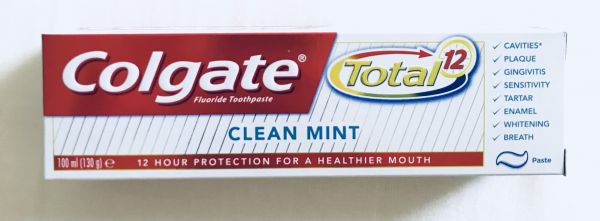
Used in Colgate Total as an anti-bacterial agent and a carcinogen, many studies claim its ill effects on the immune system, thyroid and hormone regulations. A few of the horrifying effects of triclosan are bone deformation, an altered shape of sperm and weakening the heart muscles.
Read also – Top 15 Inventions by Great Inventors to Change the World